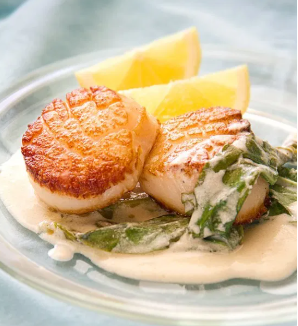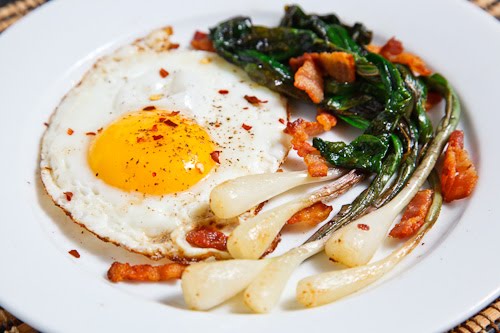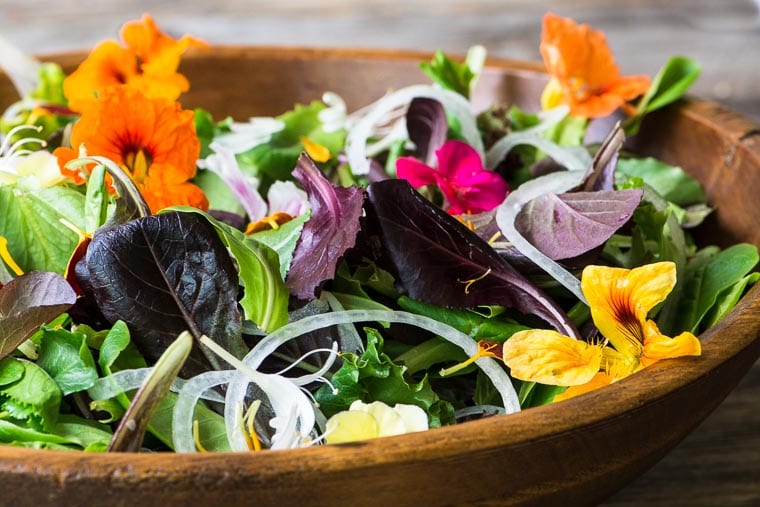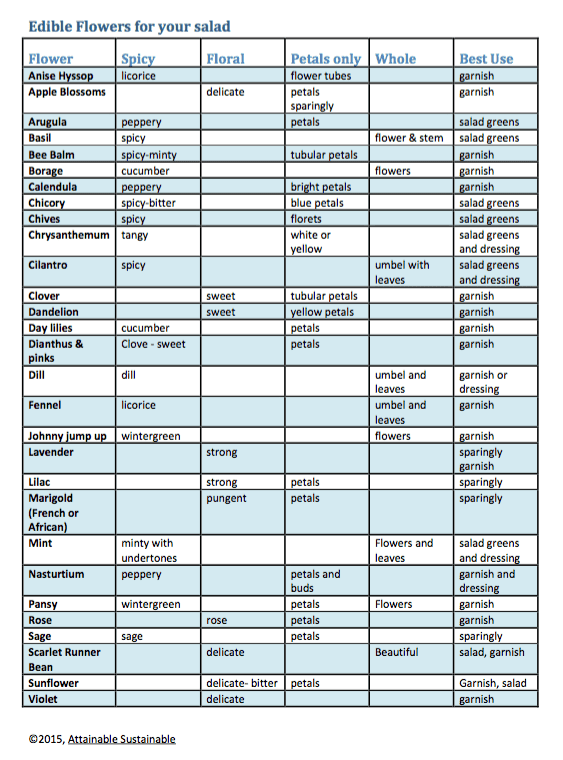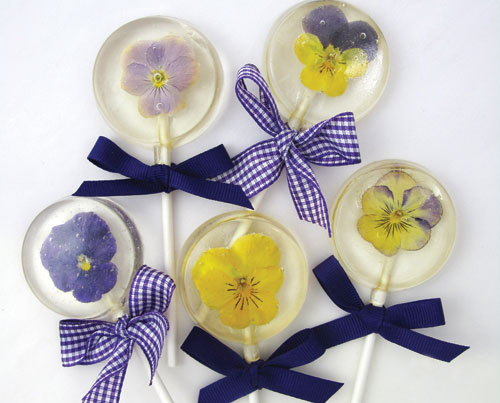Spring Vegetable Stew
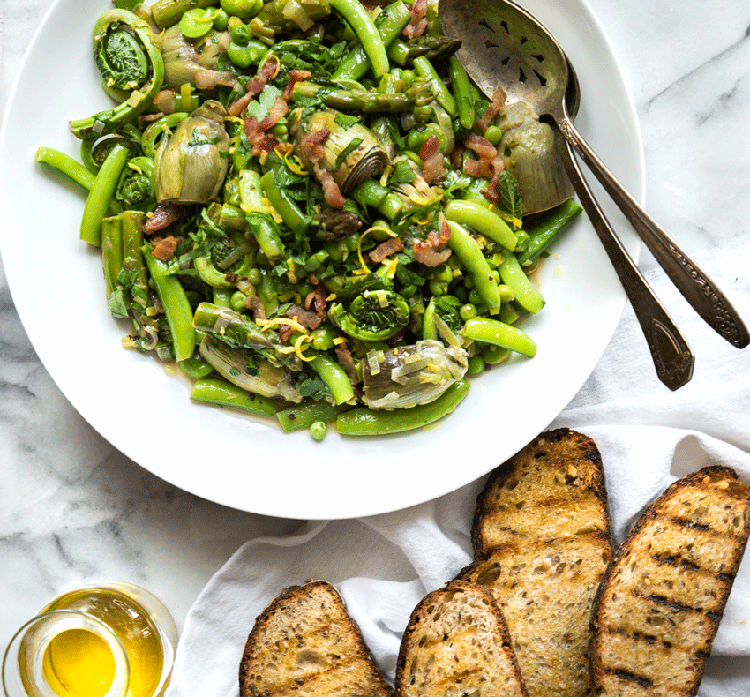
The great thing about a stew is that you don’t have to be all that exact. I’ve given measurements as a guide, but you could easily adapt this recipe to accommodate your personal preferences.
6 to 7 (12 ounces) baby artichokes
10 ounces shelled fava beans (from about 2 1/2 to 3 pounds unshelled fava beans)
8 ounces snap peas, ends trimmed
8 ounces shelled peas (from fresh or frozen)
handful of fiddlehead ferns (optional)
3 ounces pancetta or guanciale, thinly sliced
2 T. extra virgin olive oil, plus extra for drizzling over the finished dish
2 medium leeks (~ 1 heaping cup), thinly sliced (or spring onions)
1 3/4 C. vegetable stock or water
1 bunch of asparagus, chopped into 1-inch pieces
1/4 cup parsley, chopped
2 to 3 T. mint, chopped
zest and juice of half a lemon
sea salt and freshly ground pepper to taste
serve with grilled bread, rubbed with a clove of garlic, sprinkle with sea salt
To prepare the artichokes: Fill a bowl with cold water and lemon juice (the lemon prevents oxidation and blackening). Slice the tips of the artichokes cross-wise to remove their pointed tops. Peel off the tough outer leaves of the artichoke until you reach the pale, tender, lighter colored leaves. Place the artichoke in the acidulated water. Repeat with the remaining artichokes. Blanch the vegetables: Bring a large pot of lightly salted water to a boil. Reduce to a simmer. Drop in the artichokes, cook until tender, about 8 minutes. Remove with a slotted spoon and set aside. Slice the artichokes in half lengthwise. Prepare an ice water bath. Drop the fava beans into the simmering water, cook 1 minute. Remove with a slotted spoon and drop the beans into the ice water bath. Slide the fava from their thick outer covering. Set aside. Drop the snap peas and fresh peas, if using, (if frozen you don’t need to blanch) into the simmering water, cook for a minute or two. Remove with a slotted spoon and drop into the ice water bath. Drain and set aside. Last, drop the fiddleheads, if using, into the simmering water (you’ll want to blanch these last since they turn the water a brownish color) and cook for 5 minutes. Remove with a slotted spoon and drop into the ice water bath. Drain and set aside. Making the stew: In a large, high-sided pan, heat the olive oil. When hot, add the pancetta and cook until the fat is rendered. Add the leeks and sauté until soft and lightly golden, about 5 minutes. Add the blanched artichokes and stock, and simmer 5 minutes. Add the asparagus, season with a little salt and pepper, and simmer another 3-5 minutes. Add the peas, fava beans, and fiddleheads, and simmer another 3-5 minutes (all vegetables should be tender, but still have a bit of a bite). Add the lemon zest and juice and fresh herbs, and stir to combine. Taste and re-season with salt and pepper. To serve: Drizzle with a generous amount of extra virgin olive oil and serve with crusty bread.
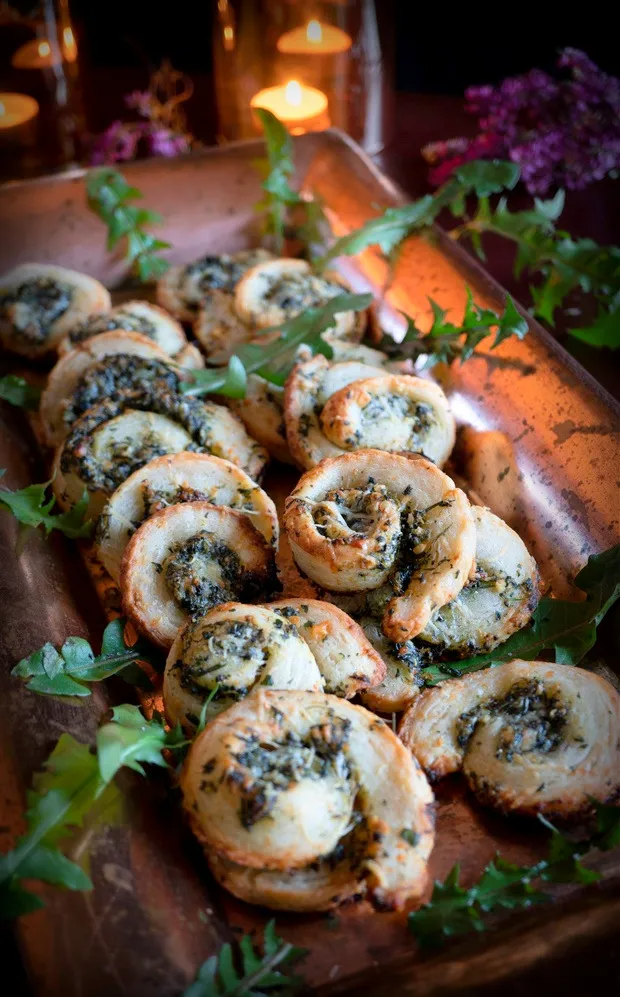 Cheesy Dandelion Spirals
Cheesy Dandelion Spirals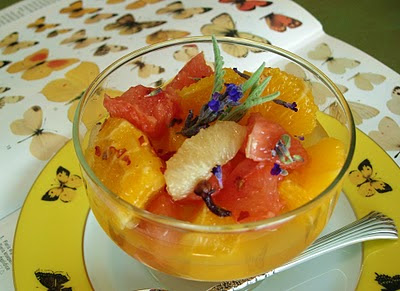 Spiced Lavender Scented Citrus Salad
Spiced Lavender Scented Citrus Salad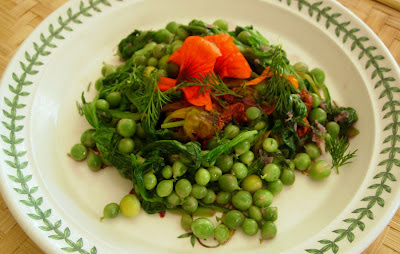 Peas with Nasturtium Blossoms and Mache Lettuce
Peas with Nasturtium Blossoms and Mache Lettuce Chunky Rose Petal Pesto
Chunky Rose Petal Pesto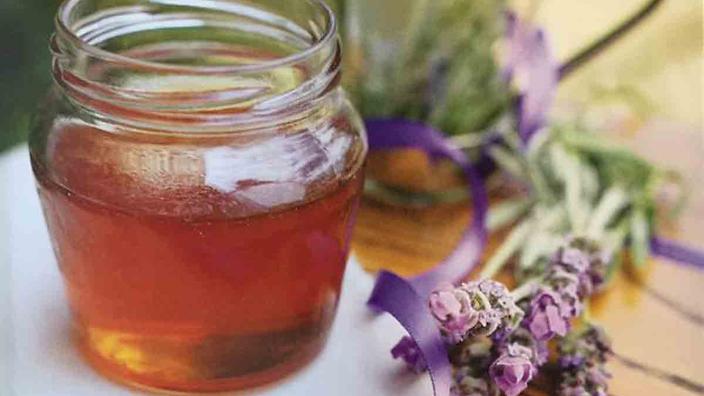
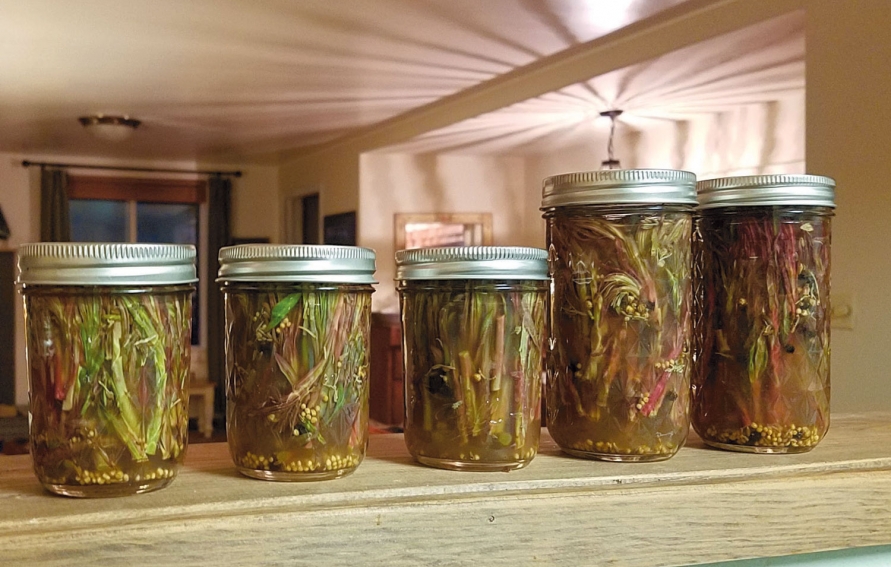
 Purple Lemonade
Purple Lemonade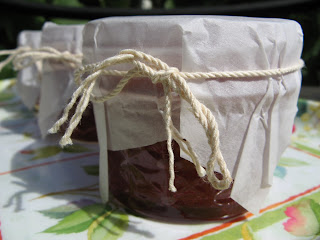 Black Currant Sun Jelly
Black Currant Sun Jelly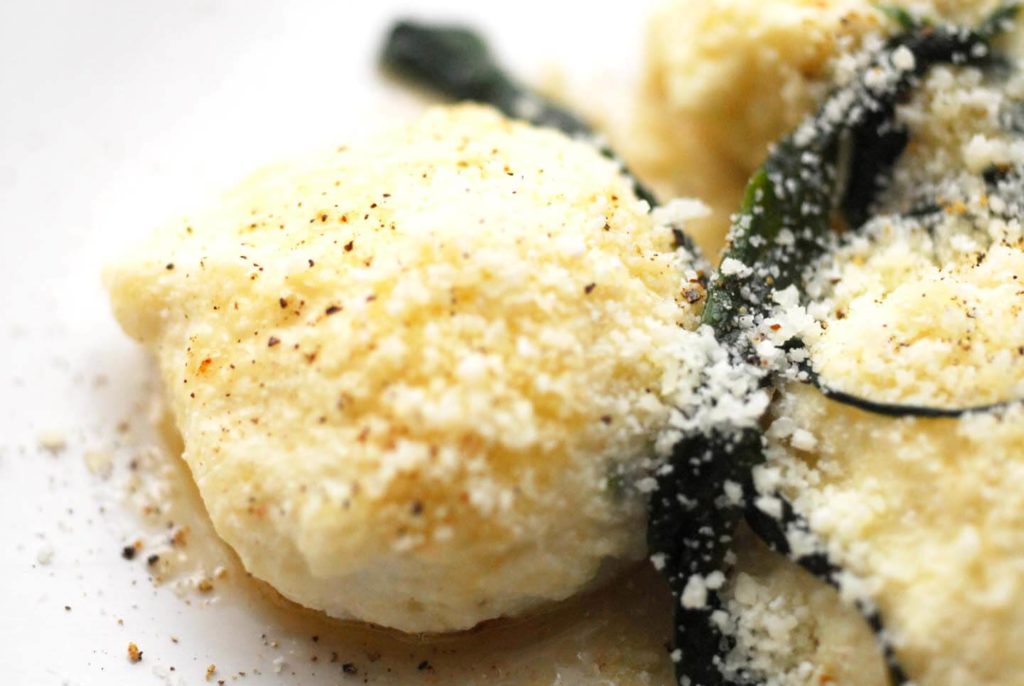 Gnudi with Ramps and Brown-Butter Sauce
Gnudi with Ramps and Brown-Butter Sauce Sausage Tortellini Soup with Ramp Greens
Sausage Tortellini Soup with Ramp Greens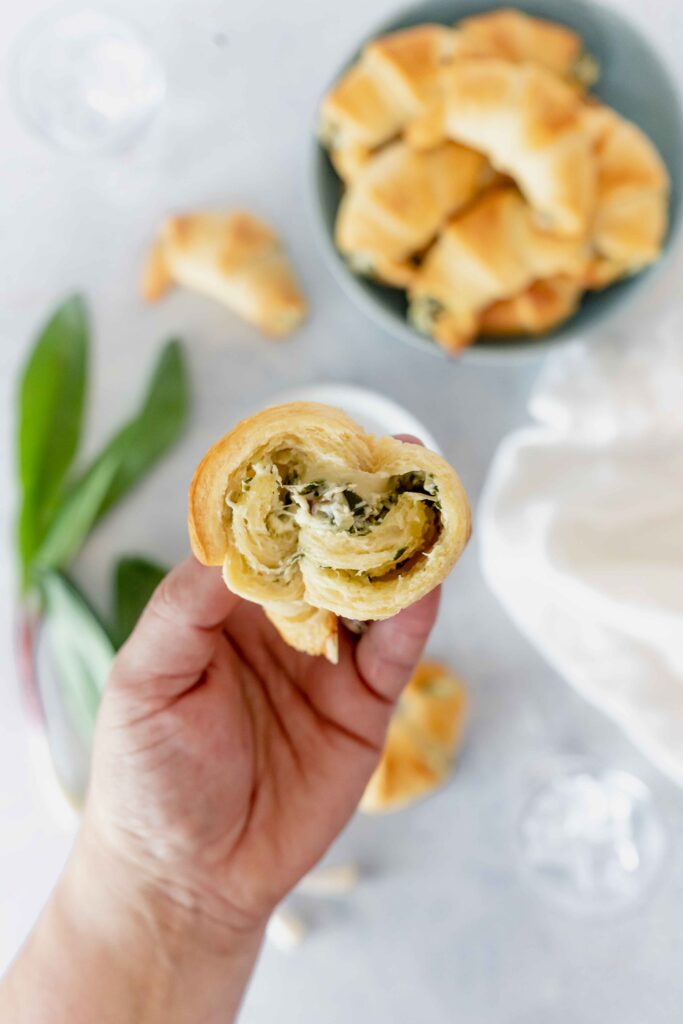 Ramp Filled Crescents
Ramp Filled Crescents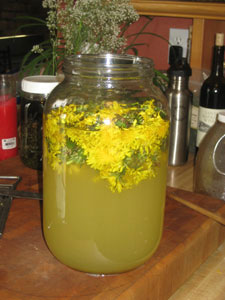 Dandelion Lemonade
Dandelion Lemonade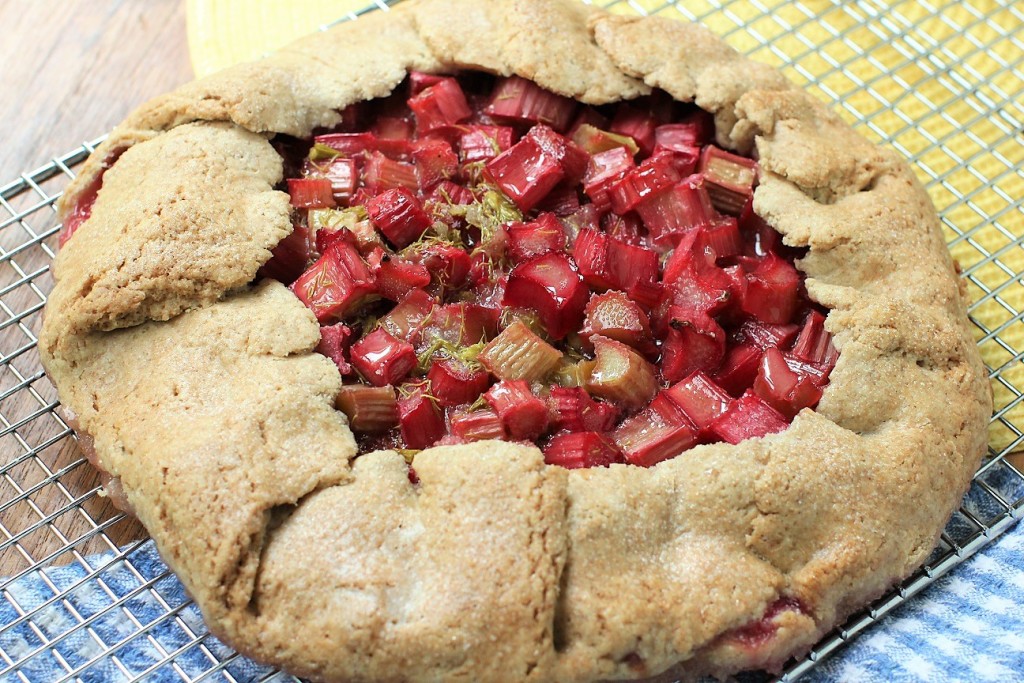
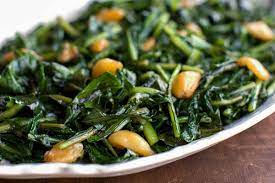
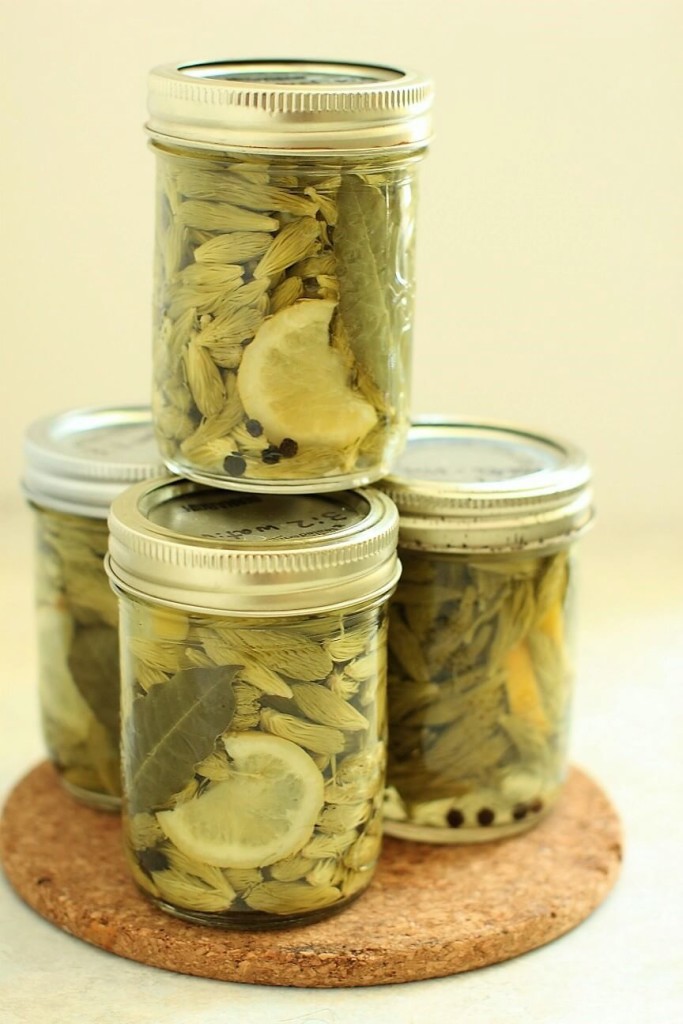
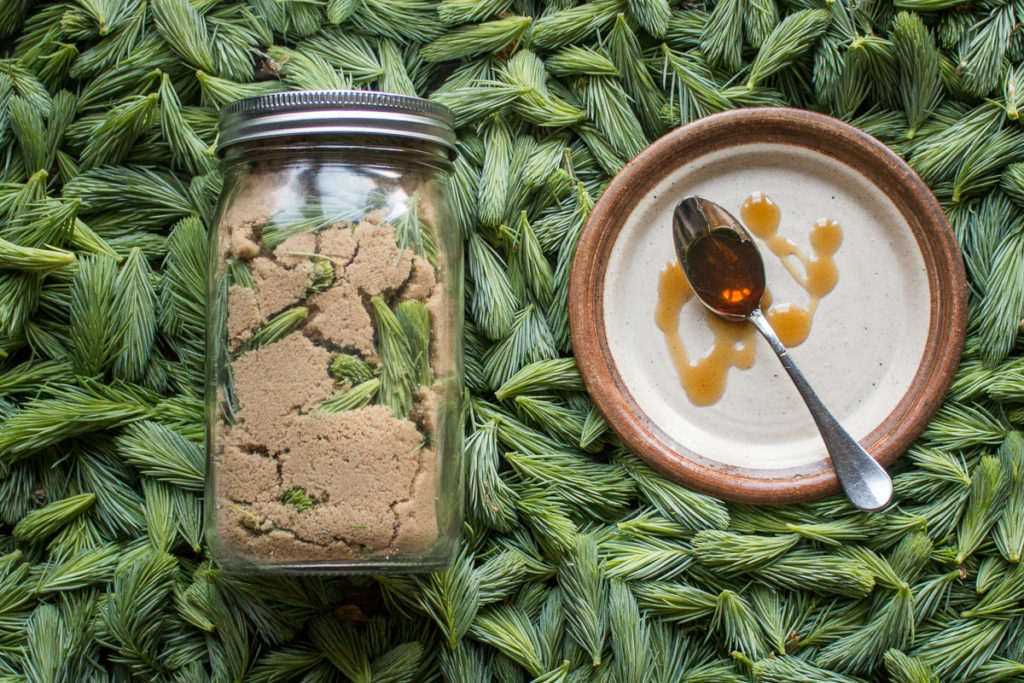
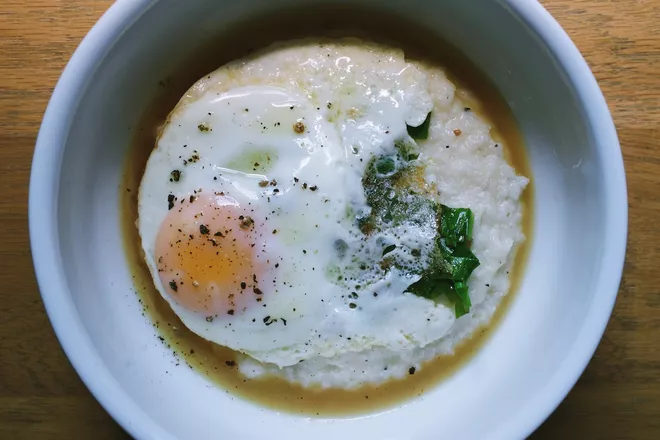 Ramps on Grits
Ramps on Grits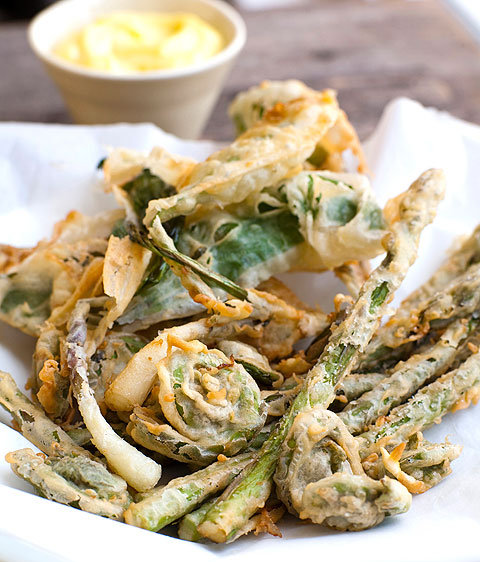 Fritto Misto of Fiddleheads, Ramps and Asparagus with Meyer Lemon Aioli
Fritto Misto of Fiddleheads, Ramps and Asparagus with Meyer Lemon Aioli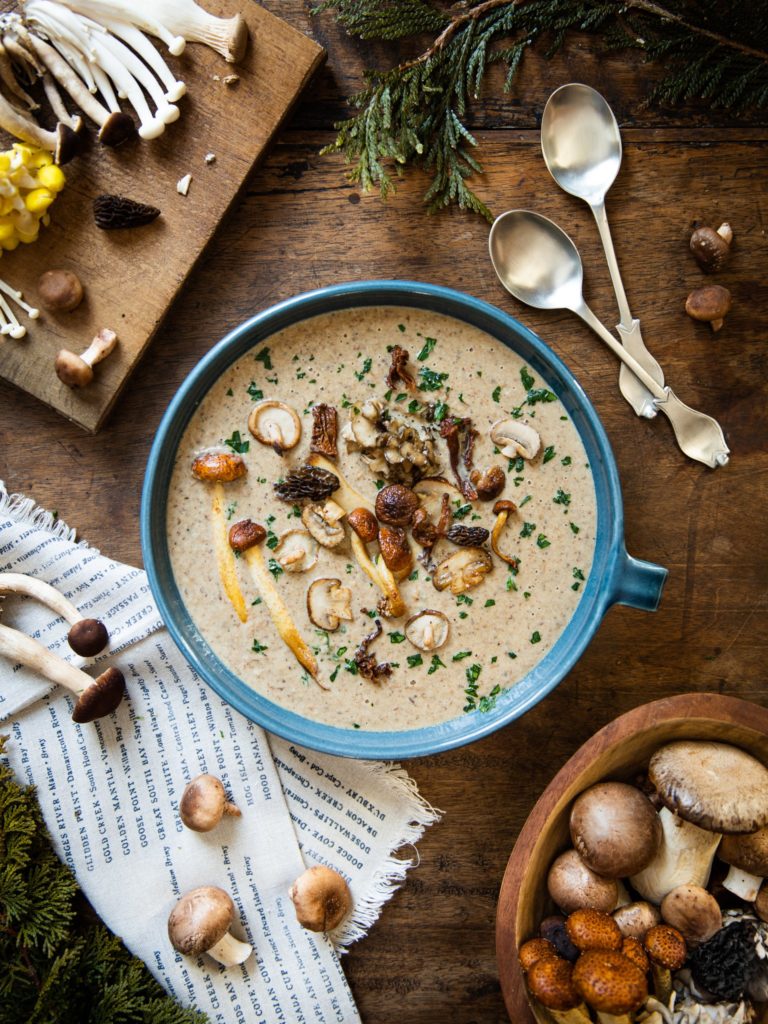
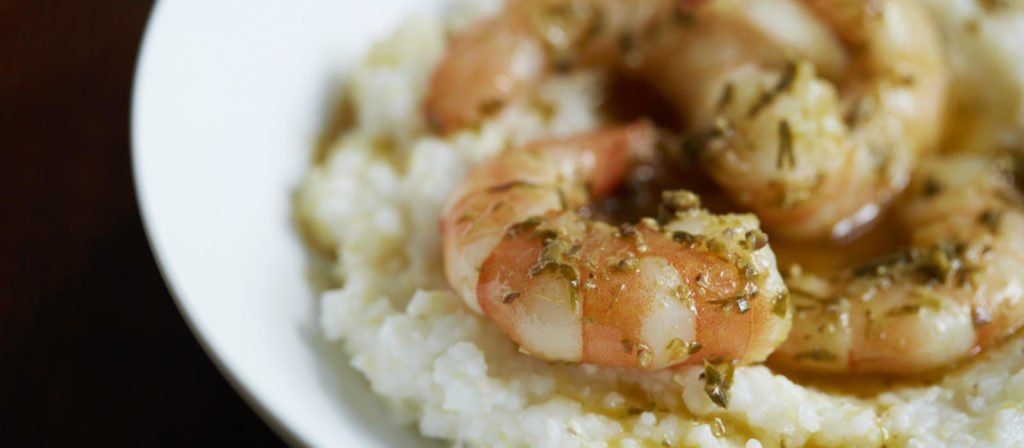
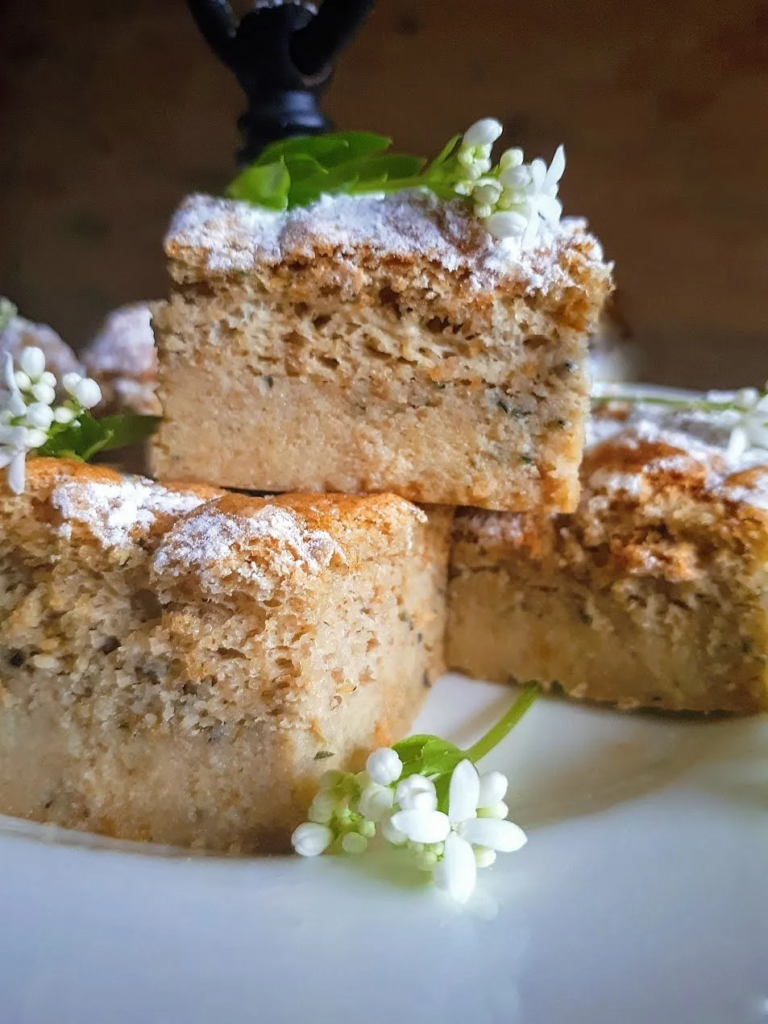
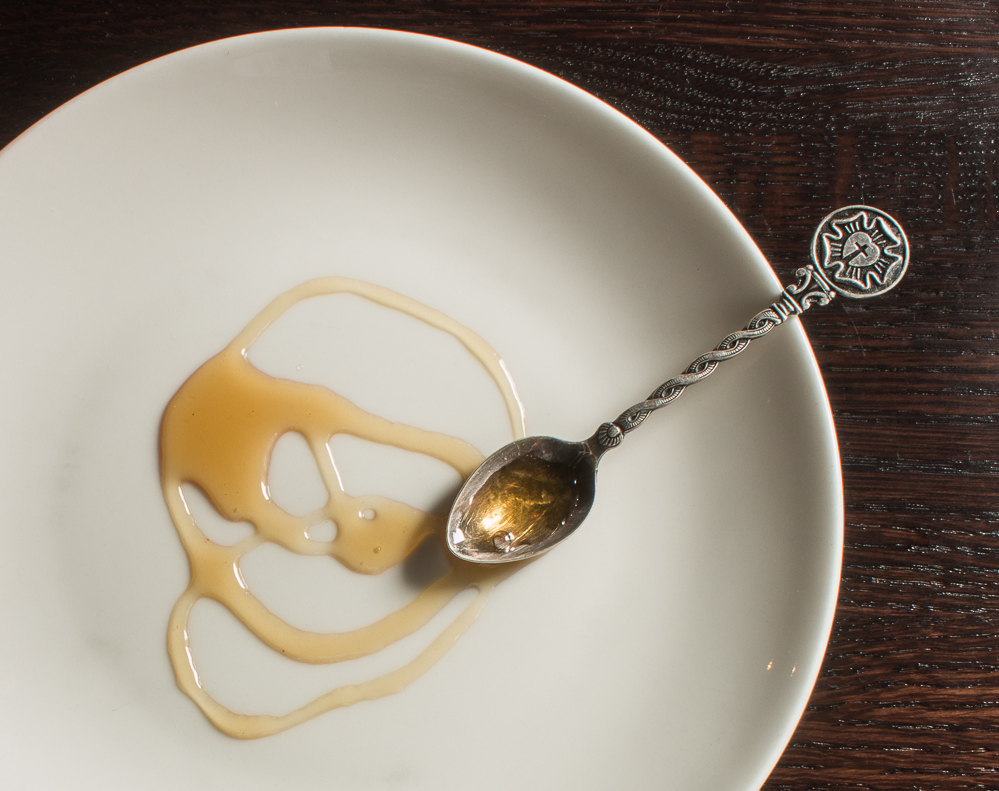

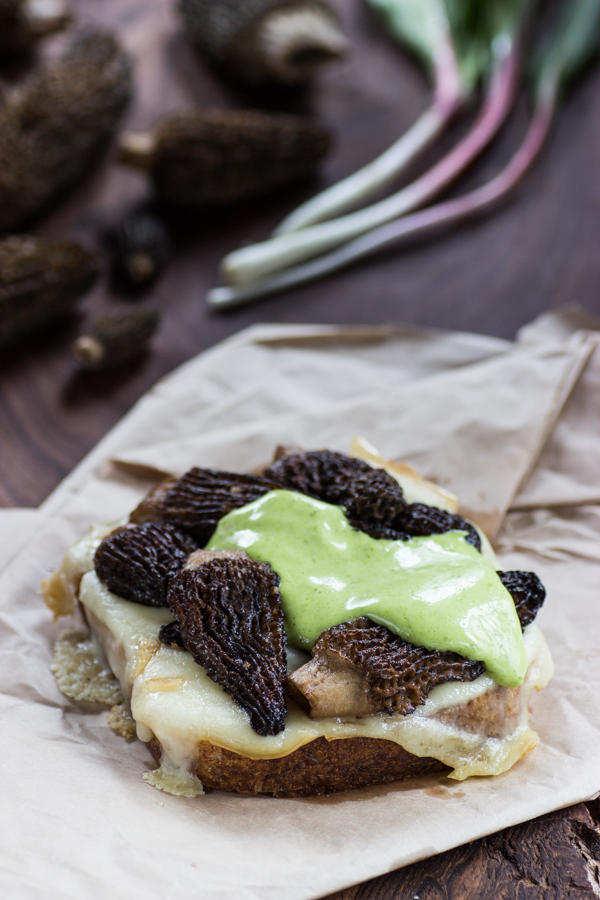
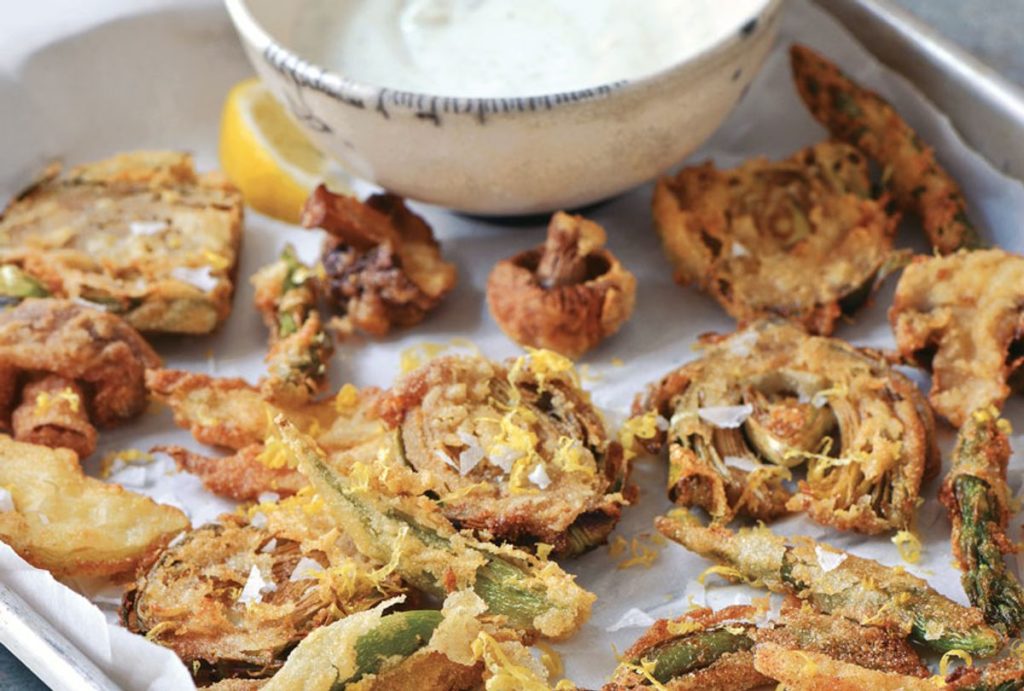
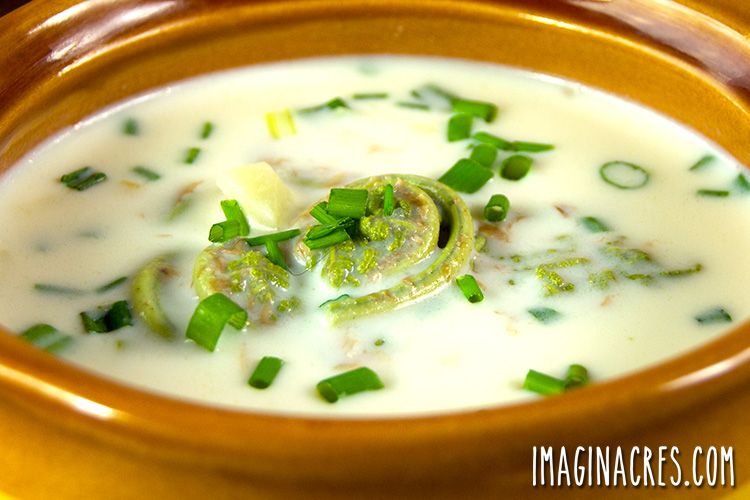
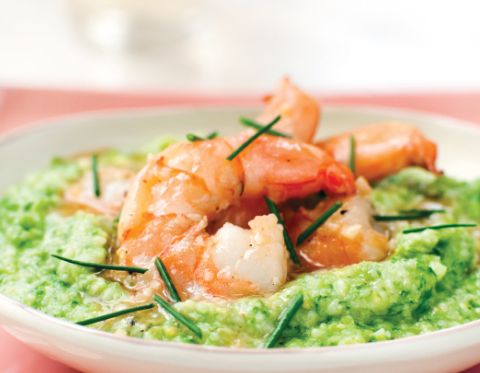
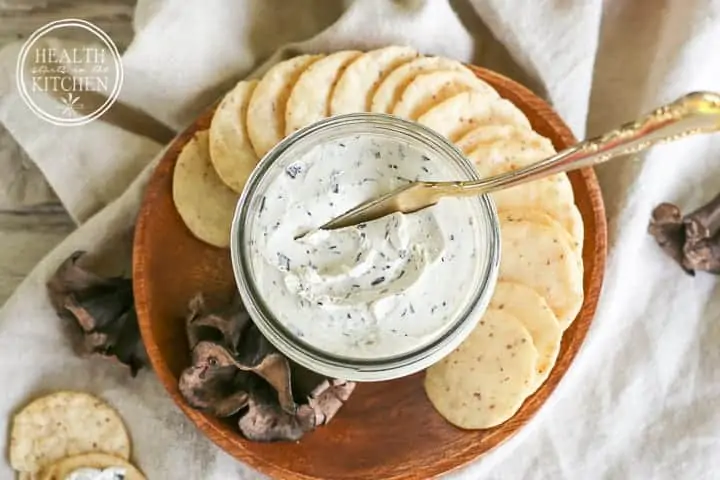
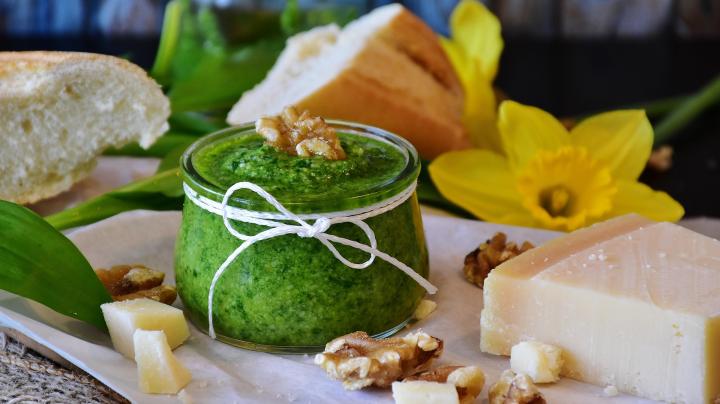
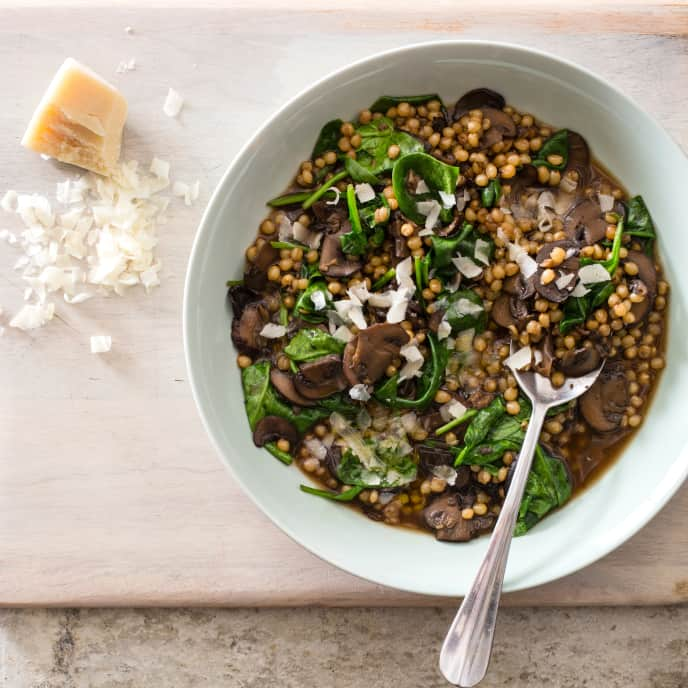 Wheat Berry & Wild Mushroom Stew
Wheat Berry & Wild Mushroom Stew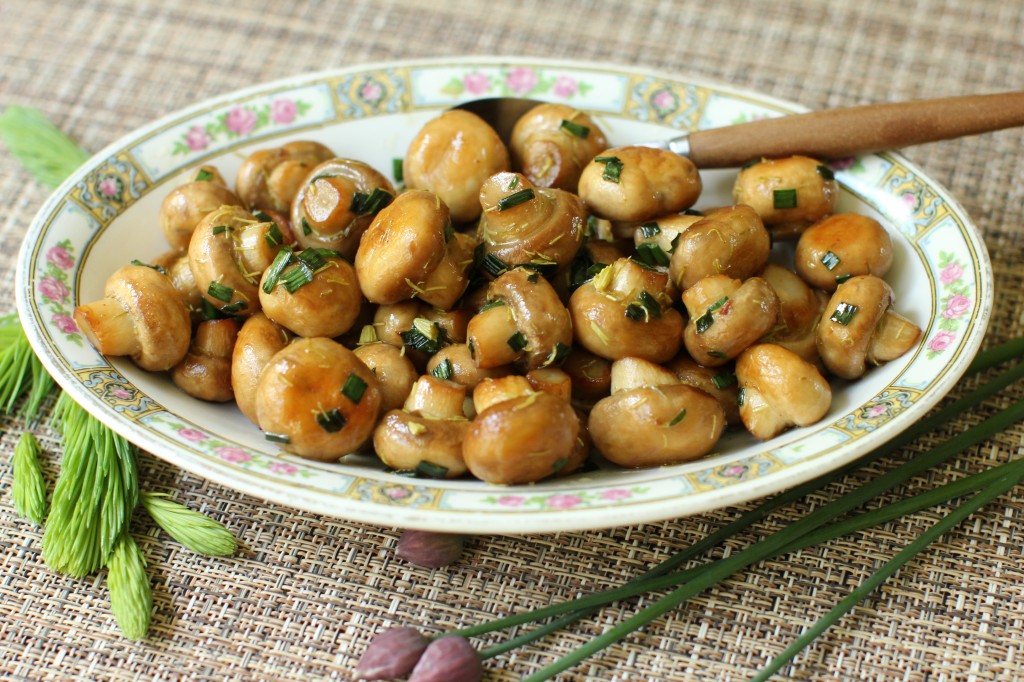
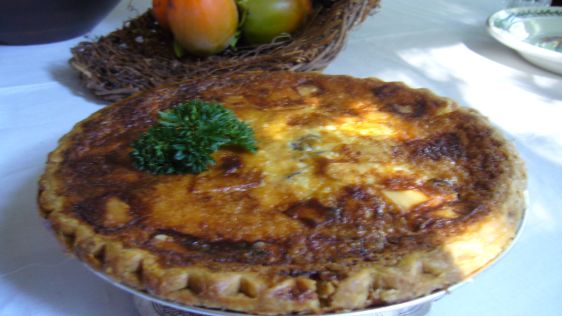
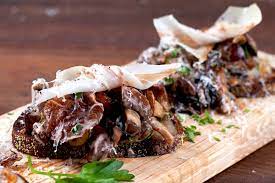 Wild Mushrooms and Lardo on Rye
Wild Mushrooms and Lardo on Rye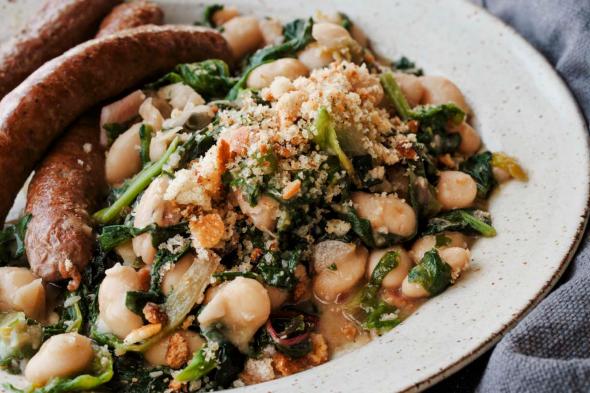
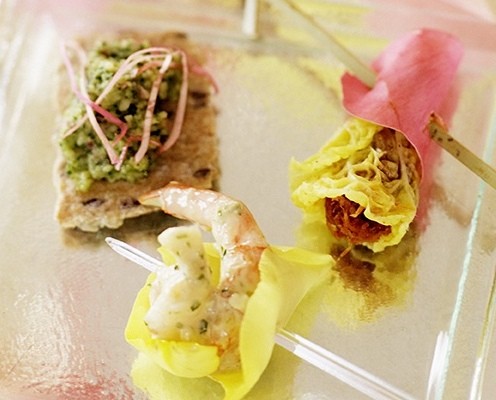 Rose Pesto
Rose Pesto
